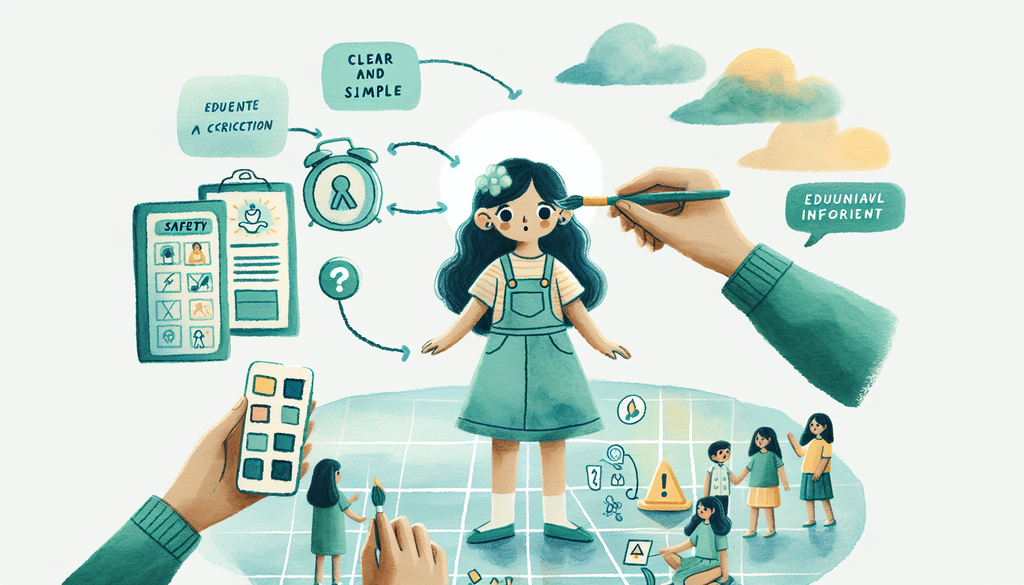Promoting Safety Awareness for Children with Cognitive Disabilities

As parents and educators, one of our primary concerns is keeping our children safe. This task becomes more challenging when it comes to children with cognitive disabilities who may not fully understand the potential risks and dangers in their environment. Through intentional teaching and patience, we can equip these children with the necessary safety skills. This blog provides a detailed guide with actionable tips and solutions for teaching safety awareness to these children.
##Understanding Cognitive Disabilities
Cognitive disabilities refer to a broad range of disorders that affect cognitive functions including memory, problem-solving, attention, reading, linguistic, and verbal comprehension. Conditions like Autism, Down syndrome, Developmental Delays, ADHD, and Learning Disabilities all fall under this category. Each child’s abilities can vary significantly, so it’s crucial we personalize safety training according to their unique needs. To understand more about dealing with different learning disabilities, refer to our previous post about “Curriculum Modifications for Students with Learning Disabilities”.
Safety Education – Key Concepts
Teaching a child with cognitive disabilities to navigate the world safely includes imparting knowledge about several key safety concepts:
Personal Safety: This involves teaching children to protect their body integrity and understand their rights to personal space. An invaluable resource to consult is NPR’s guide How to Talk to Kids About Body Safety.
Online Safety: As our children become more digitally immersed, they also face online dangers, from cyberbullying to inappropriate content or privacy breaches. Our blog post on “Social Media and Gifted Teens: A Guide for Parents” offers some starting points.
Emergency Procedures: Make sure your child has an understanding of what qualifies as an emergency and how to respond to different types of emergencies. Fire drills, for instance, help children understand how to exit the building safely in case of a fire.
Techniques for Teaching Safety Skills
Visual Aids: Use visual aids, stories, videos, or interactive games to teach safety rules. Pictures can simplify complex safety concepts.
Role-play: Create scenarios in a controlled environment that require the use of safety skills. Role-play can make abstract concepts more tangible and easier to understand.
Repetition and Practice: Children with cognitive disabilities often need numerous repetitions of a task to truly understand and learn. Be patient and repeat instructions as needed.
Small Steps: Break down each safety skill into smaller, more manageable tasks. Also, celebrate small victories to encourage your child to continue learning.
For more ways to support your child’s unique learning needs, check out our blog post on “The Benefits of Bilingualism in Gifted Children” and “Engaging the Kinesthetic Learner: Movement-Based Learning Strategies”.
As parents and educators, let’s ensure our children are equipped with a deep understanding of safety measures. While it might seem like a tremendous undertaking, the lifelong skills your child will gain are invaluable. Prepare them for a brighter, safer future, one lesson at a time. Remember, it’s our responsibility to offer them the tools and resources to navigate this complex world confidently.